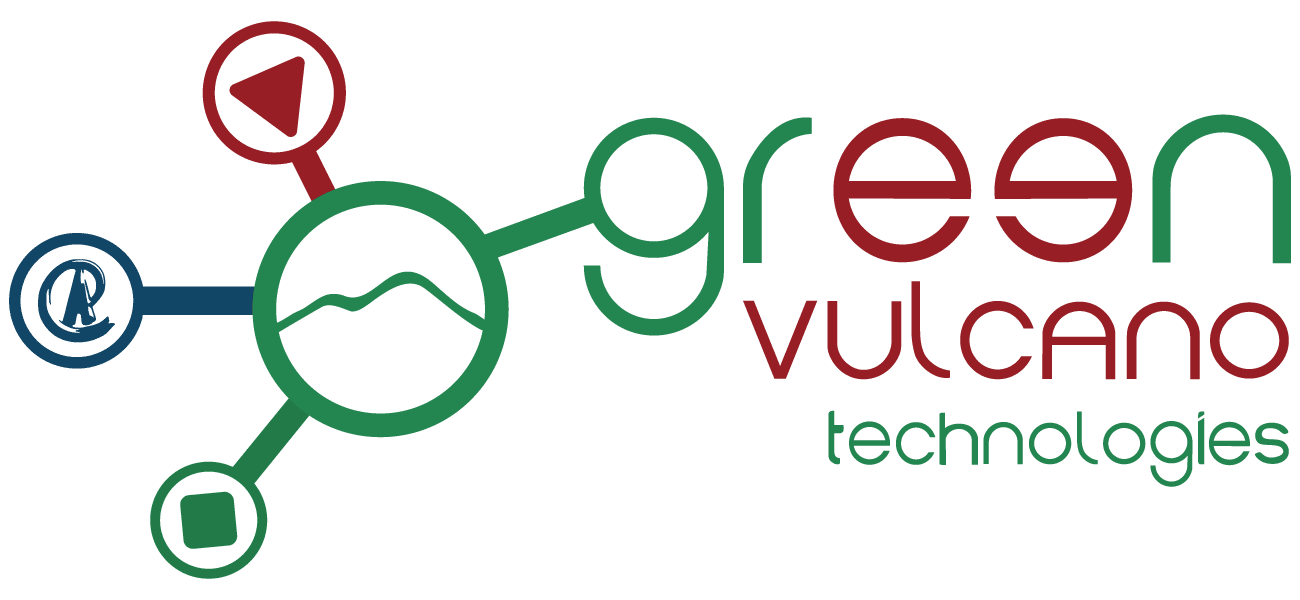The continuous evolution of software technologies has led to a complex situation in which traditional legacy systems have to coexist with web applications, new generation of mobile apps and, recently, Internet of Things infrastructure and cloud services.
A lot of integration software platforms have advanced technical solutions to that chaos, but only few of them
are addressing the problem using the final user point of view.
The final user can be anyone has to efficiently run many repetitive tasks (from CEO to the HR manager, the CFO or even a Call center operator). All these no technical people desire to do their daily work with a good user-experience and a simple software; that should enable them to create simple workflows using whatever tool they used every day.
Obstacles for a completed enterprise integration
In a recent Inc./Oracle survey of the leaders of America’s fastest growing companies, nearly 44 percent of respondents said that integration across products is the biggest obstacle in their ability to embrace the cloud.
“When it comes to the cloud, there are so many moving parts and so many players,” he said. “Everyone has a piece of something and making sense of it is wildly impossible.”
Ray Owens, founder and president of DX Marketing the large variety of the offer and the difficult for business to collect all the developing skills required is an important issue for the integration market.
An integration hub could synchronize data once with each source and then deliver it to each consuming system when they need it without redundant charges. On top of the better organization and efficiently, the hub approach can save significant costs in your journey to the cloud.
Moreover users could access a common web-based interface that will allow them to quickly move between different applications, without they need to get bogged down in the specific details of each program. It will also allow them to seamlessly transfer data between applications.
Such a process means that only a single focused skill set is needed to create and maintain integrations between software applications, simplifying the task of connecting on-premise and cloud applications.
Hybrid solutions: Claudio
The integration product of the GreenVulcano Technologies, Claudio, is grounded on the most effective software practices and standards. Claudio answers to the market needs of a unique integrator responsible of cloud and legacy software communication. As most organizations continue to have a large variety of on-premise and cloud-based applications, a common platform is necessary. These hybrid integration will reduce them overall costs and IT time associated with delivering, testing, and maintaining traditional integration over time.
Companies adopting an hybrid Integration like Claudio, can gain the flexibility and agility they need to maximize the value from their cloud applications, while ensuring their existing on-premise application investment can be optimized as well. According to our first estimations this kind of approach can deliver 2.3 times more ROI than traditional integration approaches.
Benefits
The Benefits of using an hybrid software integrator, like Claudio, are multiple:
1 – Speed: it can connect sales and financial cloud applications, for instance, speeding up time-to-market and improving operational flexibility;
2 – Even data duplication will become a thing of the past. Entrapreneurs can get a real-time view of their business.
3 – Consistency is about people. We tend to forget things, make mistakes and generally just mess up occasionally. On the contrary, computers are a lot better at performing simple business tasks reliably.
If you want to be sure to have every single document stored where you’ve decided to (a Dropbox folder or a Sap section) a Claudio flow is the fast and safe way to do it.
An important document won’t slip through the cracks just because it was sent at five o’clock on a Friday afternoon.
4 – Real-Time visibility, to receive real-time alerts, whether you’re using your email to manage a project or Slack to coordinate project, you can ask Claudio to ping you whenever a particular situation occur.
Conclusions
Old monolithic IT architectures are giving way to cloud services, making the IT architectures more complex and difficult to be managed by a classical internal IT team. As a matter of fact, the passage to smaller and specific cloud services means that there’s a growing need for developing skills or integration products to link them together.
So if you’re going to use three or four different cloud services, you want them to play in the more consistent and smoothest way possible .
In our experience the best way to do business isn’t to build it all in-house. Top companies are increasingly piecing together a composite of APIs from specialized startups. That lets them concentrate on their unique value-add rather than reinventing the wheel. That will also allow developers to work better — developing great application — instead of spending hours on configuring and operating servers in production.

